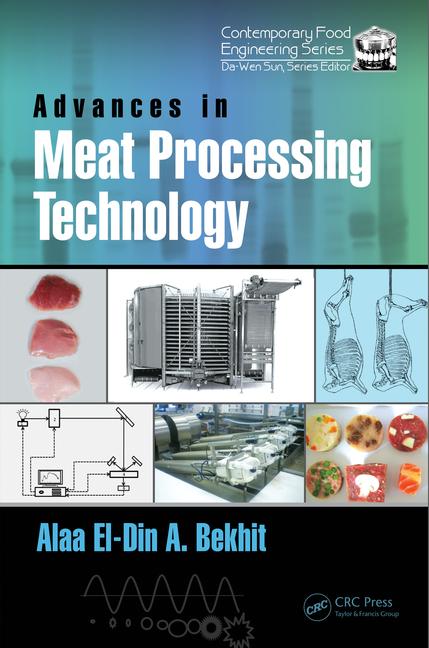007 Tech | Ingredients
Multifaceted approach to replacing phosphates

The growth of clean-label, natural and organic meat and poultry products is leading to decreased use and demand for commercial phosphates. Reducing the amount of phosphates used isn’t the prominent reformation strategy, though. Generally, processors are either using phosphate at a functional level or removing it altogether. Instead, meat and poultry companies may offer similar products with phosphates and those without.
Phosphates are very difficult to replace because they have multiple functions, including increasing ionic strength and pH, separating actin myosin bonds, antioxidant capacity, etc. These beneficial functions lead to increased yields, improved texture and enhanced shelf life, says Wes Schilling, professor in the Department of Food Science, Nutrition and Health Promotion at Mississippi State University.
“However, some ingredient companies have done a great job developing ingredients with many similar properties to phosphates that can be used to provide similar functions,” he says.
For example, processors looking to replace the functionalities of phosphates in meat and poultry products for cleaner labels have several natural options. For instance, some plant extracts such as the often-used citrus extract can be listed as natural flavor on labels and have been used to replace phosphates, Schilling says.
“These extracts often contain fiber to bind and entrap water, antioxidants that preserve color such as flavonoids and polyphenols, and negative-charged compounds that increase ionic strength and could potentially disassociate actomyosin bonds,” he says. “Some extracts may also naturally have some phosphate in them since phosphate is naturally found in the human body, muscle and plants as part of their metabolic processes and as an energy source.”
Another compound that will help processors avoid phosphate is brine water conditioned with sodium or potassium carbonate, which increases the pH and ionic strength, Schilling says.
Natural hydrocolloid ingredients such as starch and fiber will increase yields and impart antioxidant capacity and ionic charge to meat. Other novel technologies positively charged amino acids, mushroom extracts, algae and yeast extracts, Schilling says.
Phosphates generally improve the quality of processed meat products if the correct blend is used and the phosphate remains soluble in the brine or marinade prior to processing. Therefore, Schilling says processors need to think about a couple of different points moving forward.
“If phosphate is used by a company, educate the public and consumers on the positive attributes of using phosphate, including that phosphates are naturally in the body and in many foods,” he says. “If a company wants to remove phosphate from the label of products, look at return on investment for using alternative ingredients based on running a trial on the specific product with those ingredients based on yields and quality. There are some very good products that can be used to replace phosphate on ingredient labels.” NP
Looking for a reprint of this article?
From high-res PDFs to custom plaques, order your copy today!









